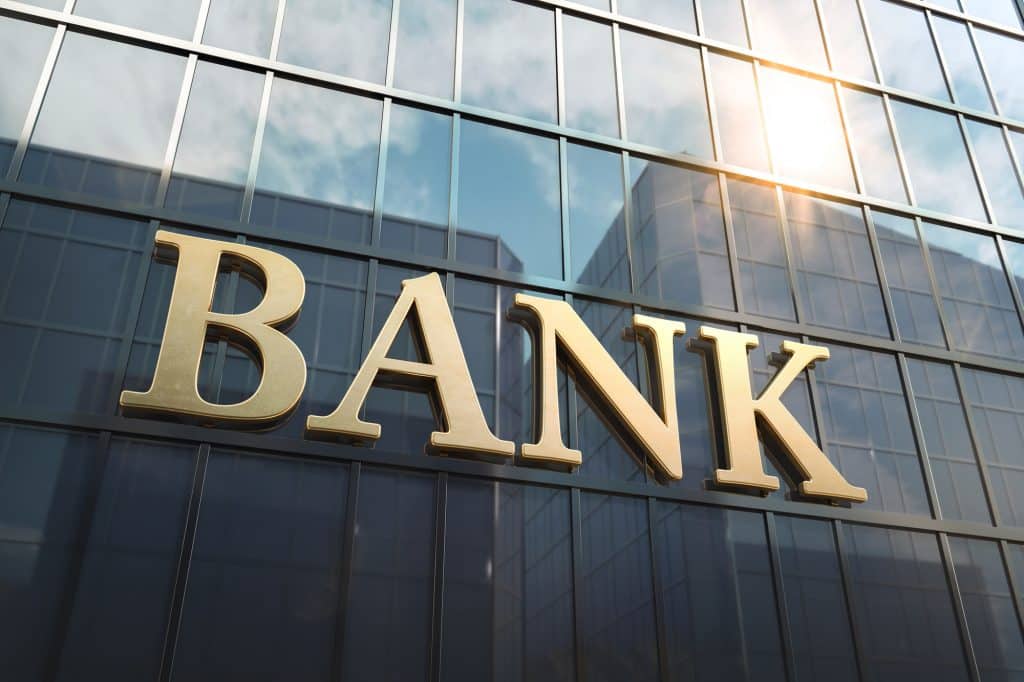Bikash Narayan Mishra
The global banking sector remained resilient and robust during the once-in-a-lifetime pandemic period of two years. High capital buffers and lower leverage enabled the global banks to carry out normal banking operations. The asset quality, however, has suffered marginally in some parts of the globe. The resurface of the pandemic in the form of Omicron has again engaged the entire global community in saving lives and businesses on a war footing. It’s against this backdrop that one needs to introspect on the Indian banking sector from a global perspective.
Out of the 12 PSBs (public sector banks) and 21 PVBs (private banks), nine PSBs and three PVBs have branches abroad. Among the PSBs it is the State Bank of India followed by Bank of Baroda and Bank of India that have maximum presence abroad. Amongst the PVBs, ICICI Bank has maximum presence followed by Axis Bank and HDFC Bank. The total number of all kinds of offices of Indian banks abroad stands at 229 (126 branches) out of which 189 (82.5%) are that of PSBs. Forty-five foreign banks are operating in India with their 263 branches.
India has 29 banks in the list of the top 1000 banks compiles by ‘The Bankers’. Out of this, six are foreign-owned subsidiaries. So literally, only 23 Indian banks figure in the top 1000 banks – nine PSBs and 14 PVBs. There are three Indian banks in the top 100 global banks – SBI (56th), HDFC Bank (68th) and ICICI Bank (96th).
Indian banks domestically have done reasonably well during 2020-21 and also in the first half of 2021-22, notwithstanding the pandemic woes. Gross NPAs of SCBs has come down to 6.9 per cent, the lowest in six years, as of September 2021 from an all time high of 11.5 per cent in March 2018. PSBs have earned profit in 2021 for the first time in five years.
The last five years saw some bold policy initiatives on the part of the government: i) The recovery laws — the Insolvency and Bankruptcy Code (IBC) and setting up of National Company Law Tribunal (NCLT) and Insolvency and Bankruptcy Board of India (IBBI) in 2016; ii) Bank amalgamation in 2017, 2019 and in 2020. This has resulted in reducing the number of PSBs from 27 five years back to 12 now; iii) Policy relating to setting up of National Assets Reconstruction Co Limited (NARCL), India Debt Resolution Company Limited (IDRCL) and National Bank for Financing Infrastructure and Development (NaBFID).
These are undoubtedly bold policy initiatives. The experience with IBC and NCLT has been quite rewarding initially. Hopefully, the amendments from time to time will bring about further improvement in the recovery area which is very crucial for continuity and sustainability. However, amalgamation is no panacea for weak banks. One or more weak banks’ merger with a strong bank will also make the strong bank weaker because of the legacy issues of the merged banks.
In the private sector banking space, we come across serious governance issues, some of them at regular intervals. So, it cannot be construed that private banks are better always. In a mixed and transitional economy such as ours, we need strong PSBs and strong PVBs for better delivery and progress of the nation. Once the forbearances end, post-pandemic, the asset quality issues may again crop up.
So again, it comes down to basics. Capital, recovery, risk (perception measure and mitigation), digital disruption and corporate governance are the foremost prerequisites for the transformation. To develop a robust and prudent system a strong leadership and an accountable management are needed.
We are great nation with a 250-year history of banking. Banking is changing all over the world with traditional banking giving way to modern, digital and disruptive banking. Other players are making serious attempts to enter into the banking space; they have succeeded in the payments space. But they cannot replace banks; at the most there will be a collaborative approach. Indian banking has never been smooth and it will continue to be turbulent but there is every chance we can transform ourselves domestically and globally with the right approach at the right time and meet the challenges.
The writer is senior advisor, Indian Banks’ Association. Views are personal.
